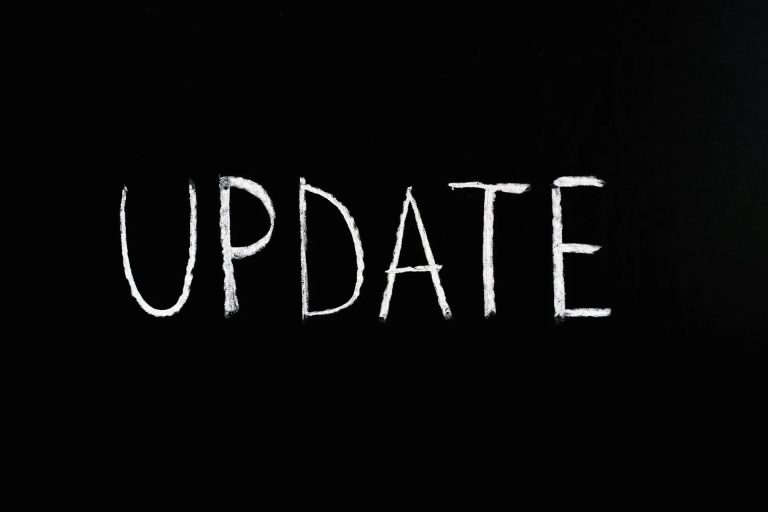Student Loan Forgiveness Plan: Tax Consequences and California’s Response
The Biden administration recently announced their plan for student loan forgiveness. In short, this plan states that those with student loans may be eligible to receive forgiveness up to $20 thousand, depending on the type of loan you received. You may be wondering if you’re eligible, what to do if you are and what are any potential tax consequences of of the relief payment. These are the questions millions of American people are asking! Luckily, we have some answers for you!

Who is eligible for student loan forgiveness?
If you received student loans through the means of federal, state education loan programs, loans through your college or university, or private education loans, you may be eligible to receive up to $10 thousand in forgiveness. Following this, the next eligibility requirement is that your individual adjusted gross income cannot exceed $125,000 or $250,000 if you are married or the head of the household.
Individuals that received Pell Grants may be eligible to receive up to $20,000 in forgiveness.
Unfortunately, we do not have a definition of “income” at this moment. It has not been announced whether your income will be evaluated based on your 2021, 2022 or 2023 return.
What does “up to” mean?
The phrase “up to” means that you will not receive more than what you owe, even if you qualified to receive more. For example, if your current remaining balance is $17,000 but you learned you can receive up to $20, 000, you will only receive the amount of your remaining balance. This means, you will only receive $17,000 and will not get an extra $3,000 to put in your pocket.
What do you need to do if you’re eligible for student loan forgiveness?
If you are unsure of what type of loans you received, login to your student loan account and take a look! If you it falls under one of the type of loans listed above under “Who is eligible,” your next step is to consider your income! If you are unmarried and not the head of the household and your adjusted gross income is below $125,000, then you qualify! If you are married or the head of the household with an adjusted gross income below $250,000 then you also qualify!
Many people may not have to do anything to receive the relief payment because the U.S. Department of Education already has relevant income data for nearly 8 million borrowers. If the department does not have your information, there will be an application available by early October 2022. Once the application is complete, the relief payment can be expected within 4 to 6 weeks. It is suggested to complete the application no later than November 15, before the COVID payment pause ends on December 31st. It is also advised that everyone who is eligible complete the application.
Will the student loan forgiveness amount be taxable?
This relief will not be taxable on your federal return but may be taxed on your state return, depending on which state you reside in. As this plan was more recently announced, some states are still figuring out how they want to proceed with this. As of now (early September 2022), three states have announced that they will tax the payment on their state returns: Indiana, Mississippi, and North Carolina. A few states have also announced that they will not tax the payment on their state returns: New York, Hawaii, Idaho, Kentucky, Pennsylvania, and Virginia. Of course, these lists can change in the near future, so keep monitoring to know whether you’ll be taxed on your state return or not.
How will California respond to the student loan forgiveness payments?
Due to the Conformity Act passed in 2015, California does not have to conform to the federal rule regarding the taxation of the relief payment. As mentioned above, the relief payment will not be federally taxed. This leaves room for California to choose whether or not they will proceed with taxing the payment on your state return. As of now, not much has been mentioned with how California will handle the forgiveness. More states are announcing whether or not they will tax the payment as time goes on. So, continue to check online to learn what California will announce.
What is the Public Service Loan Forgiveness Program?
This program aims to forgive the remaining balance on federal loans after 120 payments have been made IF you work full-time for federal, state, local or Tribal government; military; or qualifying non-profits. Apply for this program before November 1st to be eligible.
To learn more and apply, visit https://www.whitehouse.gov/publicserviceloanforgiveness/?utm_source=pslf.gov
For more details regarding the three step plan, check out our other recent article




